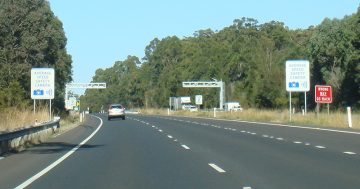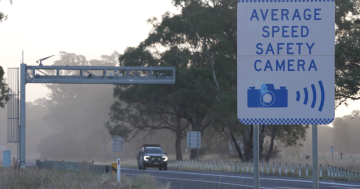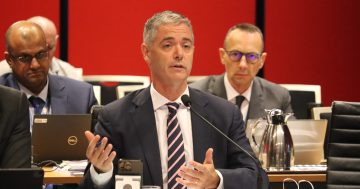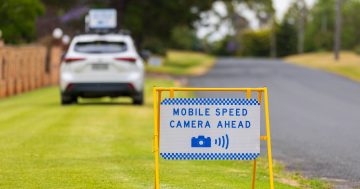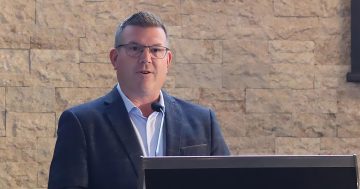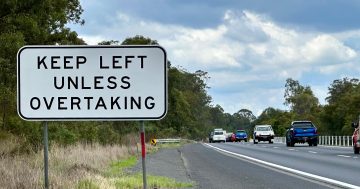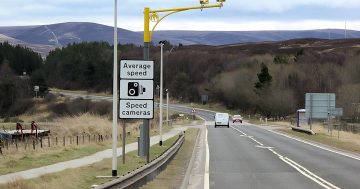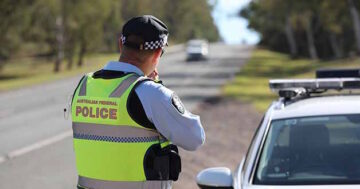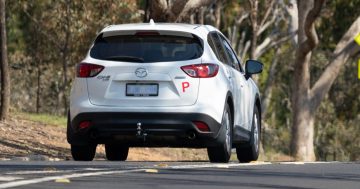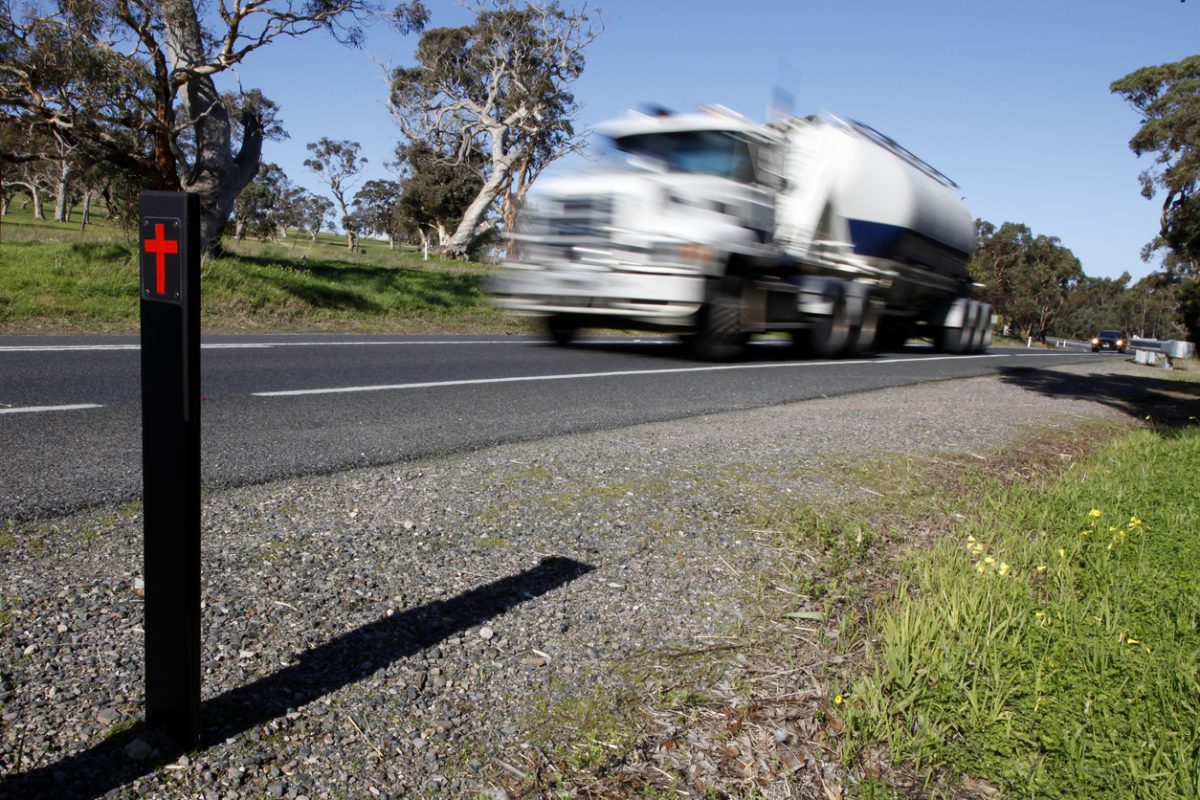
A truck speeds past a fatality marker on a highway. Photo: Jamesbowyer.
Friday’s (3 January) horror crash involving four trucks claimed the life of one driver and closed the Hume Highway north of Gundagai for hours.
Just three days into the new year the road toll in NSW showed one death every day, a brutal reminder of the dangers faced by every driver as they take to the roads these school holidays.
In 2024, NSW recorded a total of 340 road deaths, matching the grim statistic of the previous year.
While fatalities remain below the pre-COVID era, deaths on regional roads account for the majority, with 234 lives lost in the past 12 months.
“More than two thirds of those people died on regional roads, despite only a third of our population living in the regional areas of NSW,” said Minister for Regional Transport and Roads Jenny Aitchison.
“I continue to remind all road users it is vital they take personal responsibility when behind the wheel — whether it’s obeying speed limits and driving to the conditions, taking regular breaks, never driving under the influence of alcohol or drugs, not being distracted by mobile phones and always, always wearing a seat belt.”
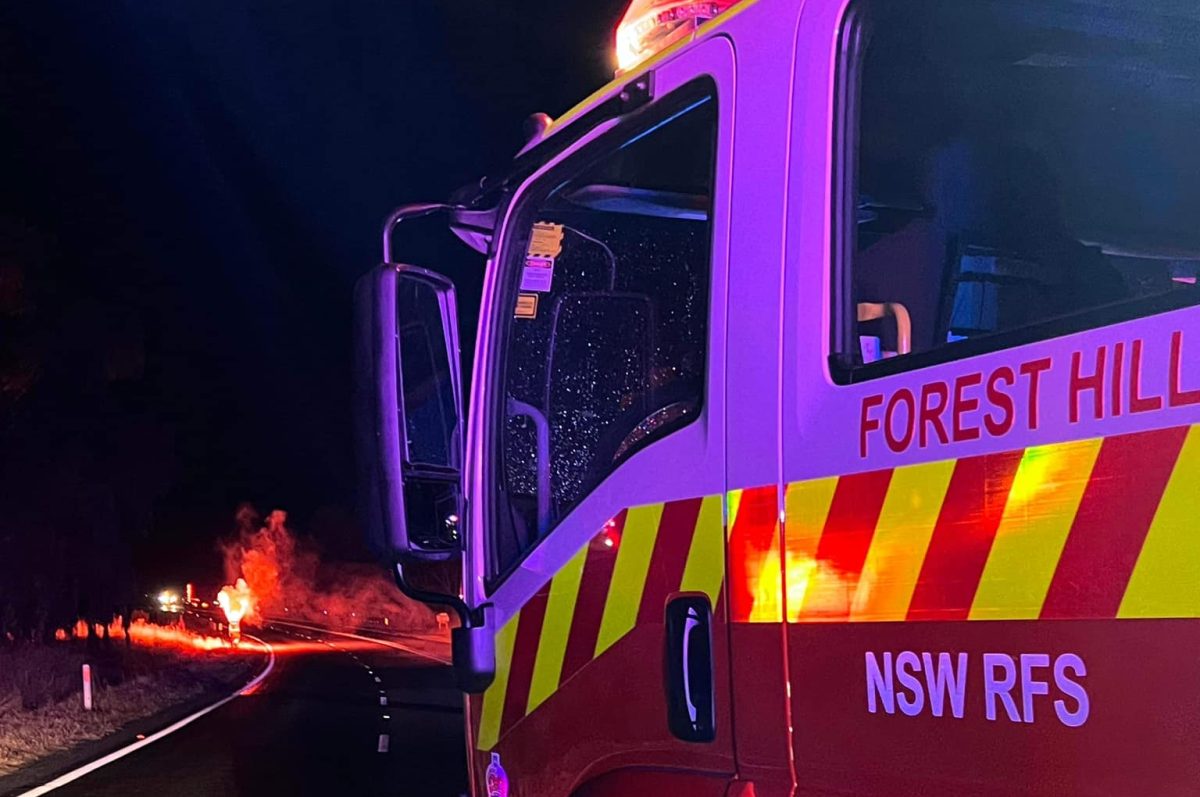
The majority of fatal accidents occur on regional NSW roads. Photo: NSW RFS Forest Hill Brigade.
Speed is still the biggest killer on NSW roads with 136 people dying in crashes in which speed was a factor.
In response, the NSW Government is doubling the number of locations where mobile speed cameras can be positioned and will trial speed-averaging cameras in two regional areas.
Previously used to monitor heavy vehicles, the ‘average speed cameras’ will also target private vehicles including cars and motorcycles on the Pacific Highway in the state’s north and in the south on the Hume Highway between Coolac and Gundagai.
“Speeding remains the number one issue in NSW when it comes to road trauma and the NSW Government is doing everything it can to educate and enforce the rules around speeding,” said Ms Aitchison.
“We are rolling out more sites for camera enforcement, trialling the use of average speed cameras for light vehicles, reviewing speed zones, delivering public education campaigns and working with NSW Police.
“Again, I urge everyone to obey the speed limits – they are there for a reason and could save your life.”
Fatigue on regional roads remains another key factor with 77 fatalities attributed to weary drivers in 2024.
“There is also a significant increase in fatalities where drivers are travelling on their own in fatigue related crashes, up from 18 to 29,” the minister said.
“This highlights the need for people driving on their own to ensure they don’t drive when they are tired.”
There have been some improvements in the statistics, with cyclist deaths equalling the lowest level in the state’s history with five bicycle riders killed in 2024, and pedestrian deaths are also lower.
However, the number of motorcyclists killed has increased by 34 per cent, with a total of 67 deaths last year, and the government will revise the Graduated Licensing Scheme to improve novice rider training, testing standards, and licence requirements.
There will also be a crackdown on drivers using foreign licences for extended periods and new legislation will be introduced to enable mandatory drug and alcohol testing for drivers involved in a serious crash.
“If there is a bright spot in the data in 2024 it is that the sharply higher trend of fatalities recorded in 2023 has not continued and we did not see another increase in the total,” said Minister for Roads John Graham.
“The NSW Government is committed to building on measures already introduced like switching mobile phone detection cameras on to seat belt detection, conducting a trial of average speed cameras for light vehicles and a range of measures to ensure drivers on foreign licences or visiting visas are playing by the same rules as everyone else.”
The minister also praised the demerit point return trial with around one million NSW drivers on track to regain a point this month.
“I want to urge all drivers who qualify, to remain offence-free from 16 January to receive a demerit point removed from their licence,” he said.
“The more people who succeed, the more overall road safety is enhanced.”
Original Article published by Chris Roe on Region Riverina.







